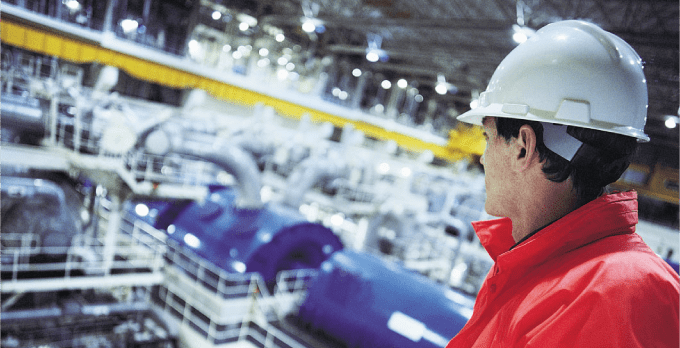
Building and fostering a safe work environment in your manufacturing plant is critical for the well-being of your employees and increasing productivity.
A factory, plant, or assembly line contains a myriad of hazards ranging from machinery to noise. Manufacturing companies have begun to recognize the contribution an effective safety culture can have in lowering operational costs, and increasing efficiency. As a result safety managers are doing everything they can to fostering safety in manufacturing.
Here are four steps you can take to integrate safety as a core value at your manufacturing operation.
1. Lead by Example
It’s an unfortunate reality that shortcuts are sometimes taken in an effort to work faster and increase production. The irony is that this can lead to incidents that will ultimately slow down production and incur costs. Safety managers need to demonstrate that every worker will gain more in the long-term by taking time to assess hazards and make safer workplace decisions.
2. Continuously Evaluate
Manufacturing is an industry that goes through constant technological improvement. As equipment changes and improves, operating procedures need to improve along with it. Every new improvement should be documented, reviewed, and communicated to the team so there is no ambiguity of safety expectations on a job site.
3. Understand Your Employees
Every employee is different.They all have unique personalities which causes them to react differently to different situations. One worker will have a different safety coaching need than his colleagues.
Personality assessments are your best solution to understanding the unique personality of your workers, and identifying their safety coaching needs. An assessment like Safety Quotient™ will provide personalized coaching recommendations based on your workers results, allowing you to save time and money in your safety training.
4. Keep your Culture Growing
Safety culture is not a “Fire and Forget” strategy. When moving on to other operational processes, safety priorities should not be put on the backburner.
As such, you shouldn’t hold “Safety Meetings”, rather safety should be part of all your production meetings and manufacturing training. This integrates safety into every facet of your operations.
With these simple steps, you can overcome the myriad of hazards that exist in a manufacturing environment, and train your workers to be the safest they can be. Safer workers and a safer workplace can immediately translate into higher productivity, and happier employees.










